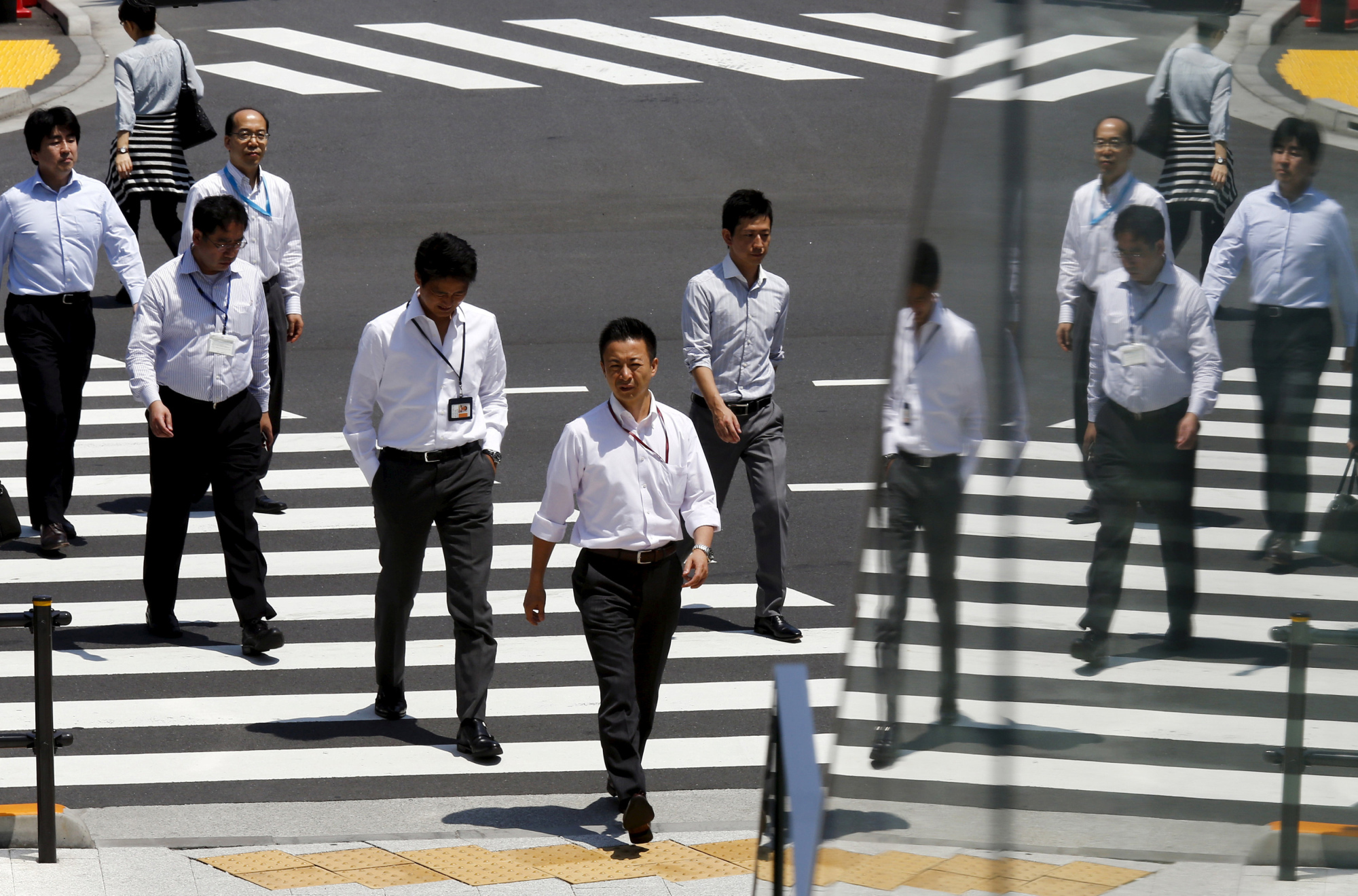Enactment of the government's work-style reform legislation by the Diet in June heralds the start of labor reform. The bill is part of a wider work-style action plan that includes measures encouraging people to design their own careers, redirect human capital to where it is best used and revitalize Japan's economy.
What are the unintended consequences of rising workforce mobility? Labor economist Munetomo Ando, a professor at Nihon University, helps answer the question.
Few people realize that today's inflexible markets result from severe labor shortages existing in postwar Japan, Ando explains. The unemployment rate during the 1960s was well below today's 2.4 percent, reaching a record low of 1 percent in November 1968. To attract and keep staff, firms offered school-leavers lifelong jobs. Young inexperienced workers landed jobs that provided training, while skilled workers enjoyed job security they craved. Unemployment fell to low rates compared with other OECD nations.



















With your current subscription plan you can comment on stories. However, before writing your first comment, please create a display name in the Profile section of your subscriber account page.